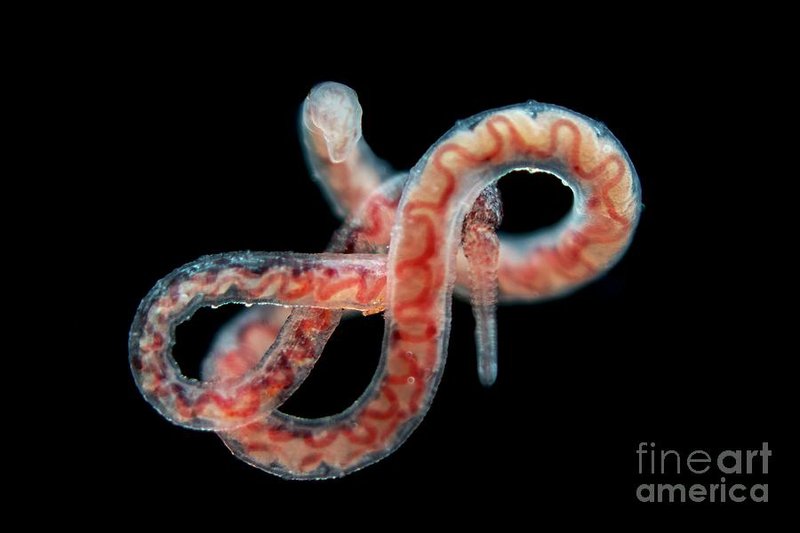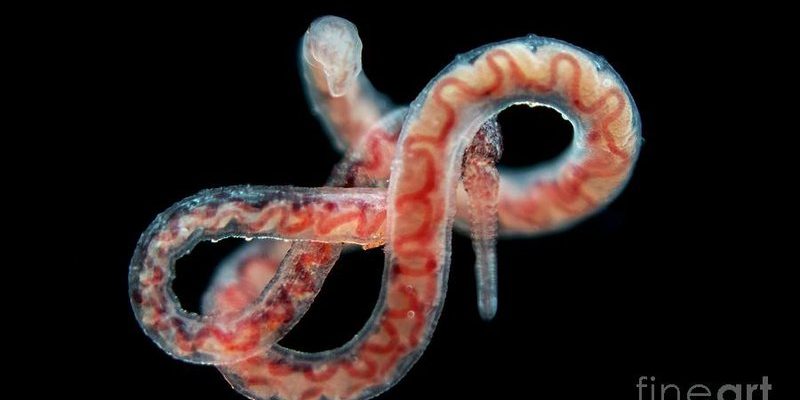
So, why should we care about these little critters? Well, understanding how Tubifex worms interact with other organisms helps us grasp the bigger picture of aquatic health. Just like how we rely on different people to keep our communities thriving, these worms depend on multiple species to survive and flourish. Let’s dive deeper into their ecosystem to explore how these interactions take place.
What Are Tubifex Worms?
To appreciate their interactions, it’s good to know what Tubifex worms are. These worms belong to the family Tubificidae, often recognized by their elongated, segmented bodies. You might spot them wriggling in the sediment at the bottom of ponds or rivers. Their distinctive reddish-brown color gives them a unique appearance, which is pretty striking when you see them in a bunch.
These worms thrive in environments rich in organic matter, where they consume decaying plant and animal material. Think of them as nature’s recyclers, breaking down waste and making nutrients available for other organisms. This process not only benefits the Tubifex worms but also supports the entire ecosystem, laying the groundwork for a balanced habitat.
Role in the Food Web
Now, let’s get into the nitty-gritty of how Tubifex worms fit into the food web. Imagine a busy restaurant where everyone has a role to play: the chef (the algae and plants), the servers (the worms), and the diners (larger fish and birds). Tubifex worms act as a vital link in this restaurant, serving as food for various predators.
They’re a favorite snack for many fish and invertebrates. When larger fish come to dine, the Tubifex worms get consumed, helping to transfer energy through the food chain. Without these worms, the entire ecosystem could face health issues, as their role helps maintain the balance of nutrients.
Interaction with Microfauna
The interaction between Tubifex worms and other microfauna is a beautiful dance. These worms coexist with tiny creatures like protozoa, nematodes, and various types of bacteria. Here’s where it gets interesting: while Tubifex worms consume organic matter, they also create a habitat for these microorganisms.
In the sediment where they live, Tubifex worms aerate the soil and recycle nutrients, making it easier for bacteria to thrive. This, in turn, provides food for protozoa and other small creatures. It’s a symbiotic relationship. Essentially, they all benefit from each other’s presence, leading to a rich and dynamic ecosystem.
The Importance of Bacteria
Bacteria might not get as much attention, but they’re vital players in the environment where Tubifex worms reside. These microscopic organisms break down organic matter into simpler compounds, which the worms then eat. Think of bacteria as the appetizer in a multi-course meal, setting the stage for the main dish (the Tubifex worms) to thrive.
Moreover, the presence of bacteria around Tubifex worms can influence their health and growth. If the bacteria population is healthy, it means the worms will have access to more nutrients, ultimately supporting their wellbeing. This interaction exemplifies a finely tuned ecosystem where everything is interconnected.
Impact of Environmental Changes
Changes in the environment can have significant effects on Tubifex worms and their microfauna companions. For instance, increased pollution or changes in temperature can upset the balance of their habitat. If harmful chemicals enter the water, they may kill off bacteria and other microorganisms essential for the worms’ survival.
In turn, this disruption can lead to a decline in worm populations, which might cause larger fish and birds to lose their food source. Such a domino effect can change the dynamics of the entire ecosystem, highlighting how vital Tubifex worms and their interactions truly are.
In the grand scheme of things, Tubifex worms may seem small and insignificant. However, their role in interacting with other microfauna is a testament to nature’s interconnectedness. By understanding these relationships, we can appreciate the complexity of ecosystems and the importance of preserving them.
So next time you see a murky pond or stream, remember the hard work that Tubifex worms and their microscopic friends are doing beneath the surface. Keeping our waterways clean and healthy is essential not just for the worms, but for the entire aquatic community. Let’s cherish these tiny heroes, as they play a crucial role in maintaining the delicate balance of life beneath the waves.

